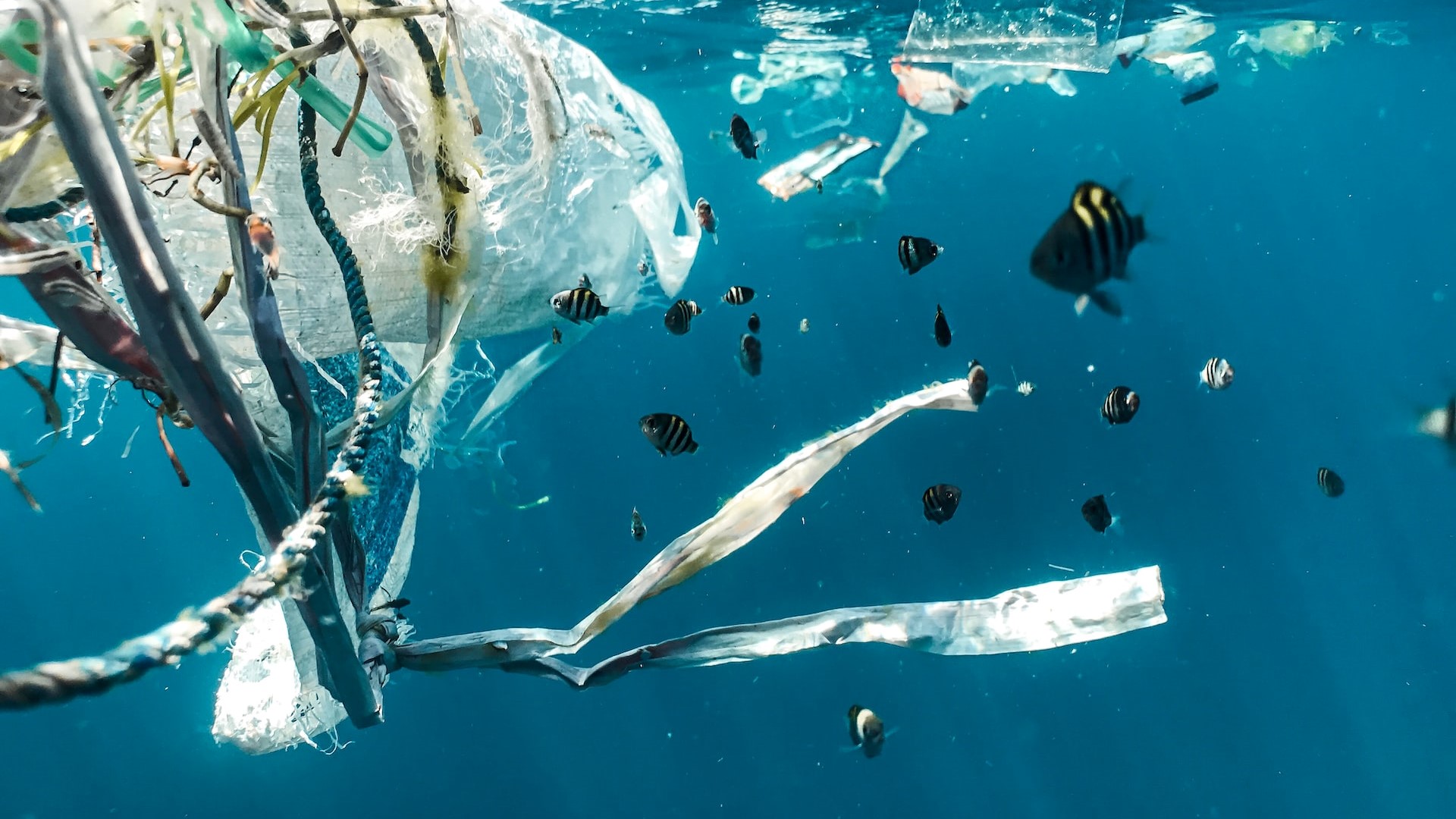What if synthetic biology were key to forever change the current global production system? It may sound like utopia, but, more and more frequently, influential people are becoming interested in its applications. Personalities like Eric Schmidt, former CEO of Google and one of the wealthiest people in the US, thinks that the economy based on synthetic biology, and not the internet, is the next big thing [1].
Bioeconomy is the term we are talking about. The production, utilization, conservation and regeneration of biological resources (including related knowledge, science, technology and innovation) to provide sustainable solutions within and across all economic sectors [2]. All this is now becoming possible thanks to the rise of scientific disciplines such as biotechnology or biomedicine throughout the 20th century.
The interface of these disciplines and new techniques with other flagship technologies of the ongoing Fourth Industrial Revolution, such as artificial intelligence, robotics, big data, ITs, and so on, are the bases to produce goods and products in a way that is both economically viable and ecologically sustainable [3].
With that in mind, synthetic biology becomes a strong ally for bioeconomy as it can develop a set of microbial chassis that can be deployed as required to increase the range of products and services that can be generated biologically to meet human and environmental needs. One example is bioproduction, the synthesis of commercially important compounds such as bioplastics from living cells.
Replacing the king of materials (with more synthetic biology)
Yes, oil-based plastics are very versatile and useful materials that have propelled modern societies into what we see today. No other material competes with their versatility and low cost. However, the environmental price we are paying for plastic pollution turns into a significant threat when it reaches the waste phase of its life-cycle. Even if we recycle them, the cost of separating, transporting, processing and remanufacturing, plus the low commercial value of recycled plastic, often makes this process unprofitable and reliant of governmental subsides [4,5].
Bioplastics, on the other hand, stand to contribute to more sustainable commercial plastic life cycles as part of a circular economy, in which virgin polymers are made from renewable or recycled raw materials. With synthetic biology we ca create microbial factories that reduce the plastic manufacturing carbon footprint, facilitate biodegradation as an End-Of-Life scenario and increase compatibility with new and existing recycling streams. [6]
One of the most popular bioplastics are polyhydroxyalkanoates (PHAs), a family of diverse biopolyesters used for environmentally friendly packaging, medicine and smart materials. Synthetic biologists have been key engineering microorganisms in order to improve their efficiency in their production and profitability. In fact, one of the main problems with PHA is that its demand exceeds the supply and their production is still improvable. [6, 7] Some bacteria such as Cupriavidus necator or Haloferax mediterranei are capable of accumulating PHAs to up to 80% or 60% of their dry weight, respectively, but are unable to efficiently grow and produce the polymer without some artificial assist on them or their environment. [8]
Bioeconomy: Making sustainability profitable
Although industrial production of PHAs grew rapidly in the past years, their total market share is still marginal. While this is often attributed to their higher price, which is mainly caused by high production costs, the industrial success of PHAs can also depend on policy framework. [7]
These are clear challenges, but also opportunities, for example, as a boost for the creation of more skilled green jobs and incentives for innovation in the biotechnology sector. [7] That can be an incentive for public and private initiatives from companies that acknowledge the value of synthetic biology in a future aimed at sustainability.
As bio-based replacements become available for almost every fossil-based application, financial incentives can be a way to assure the progress on biotechnology and synthetic biology, to make the bioeconomy the new market force in the world. [6]
Bioproduction is just one of the many lines of research that synthetic biology can support in this area: health, bioremediation, food, biosensors, design of proteins, space exploration… We have in our hands one of the most powerful and inspiring tools ever created to mitigate our impact on this planet, and build a resilient future that keeps us safe on it.
References:
- Gillian Tett (2022). Why Eric Schmidt believes bioscience will change the world. Financial Times. Retrieved from https://www.ft.com/content/96cb2dd3-b4cd-4b12-bc72-ff19e40a3b16
- International Advisory Council on Global Bioeconomy (2020). Expanding the Sustainable Bioeconomy – Vision and Way Forward. Communiqué of the Global Bioeconomy Summit 2020. Retrieved from https://gbs2020.net/wp-content/uploads/2020/11/GBS2020_IACGB-Communique.pdf
- De Lorenzo, V., Prather, K. L. J., Chen, G., O’Day, E., von Kameke, C., Ozaryún, D. A., Hosta-Rigau, L., Alsafar, H., Cao, C., Ji, W., Okano, H., Roberts, R. J., Ronaghi, M., Yeing, K., Zhang, F. & Lee, S. Y. (2018). The power of synthetic biology for bioproduction, remediation and pollution control. EMBO reports, 19: e45658. https://doi.org/10.15252/embr.201745658
- James William Comerford (2018). Saving the plant doesn’t mean eradicating plastic. It means changing it. World Economic Forum. Retrieved from https://www.weforum.org/agenda/2018/02/how-plastics-made-from-plants-could-be-the-answer-to-the-worlds-waste-problem
- Pinto Da Costa, J., Rocha-Santos, T. & Duarte, A. C. (2020). The environmental impacts of plastics and micro-plastics use, waste and pollution: EU and national measures. https://www.europarl.europa.eu/RegData/etudes/STUD/2020/658279/IPOL_STU(2020)658279_EN.pdf
- Rosenboom, JG., Langer, R. & Traverso, G. (2022) Bioplastics for a circular economy. Nat Rev Mater7, 117–137. https://doi.org/10.1038/s41578-021-00407-8
- Dietrich, K., Dumont, M. J., Del Rio, L. F., Orsat, V. (2017) Producing PHAs in the bioeconomy — Towards a sustainable bioplastic. Sustainable Production and Consumption. 9, 58-70. https://doi.org/10.1016/j.spc.2016.09.001.
- Amaro, T. M. M. M., Rosa, D., Comi, G. & Iacumin, L. (2019). Prospects for the use of whey for polyhydroxyalkanoate (PHA) production. Frontiers in microbiology. 9; 10:992. https://doi.org/10.3389/fmicb.2019.0099
